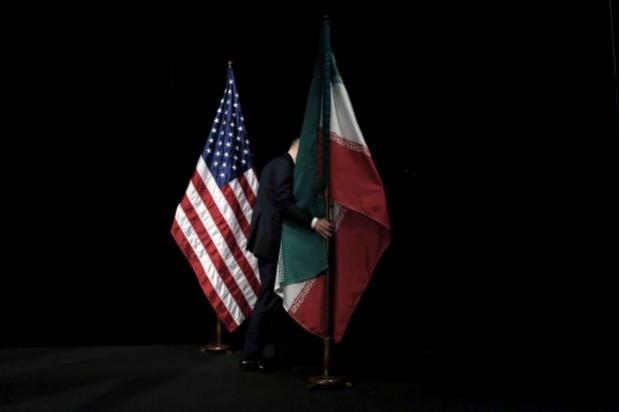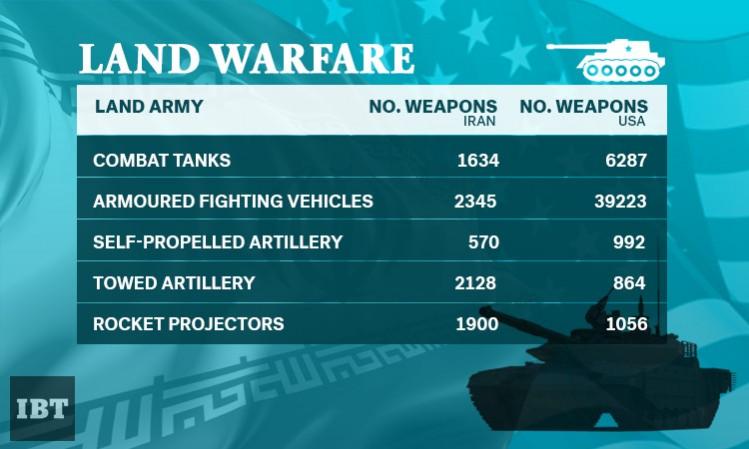Tension between Iran and the United States have escalated in the last few months. The downward spiral, which started with US President Donald Trump's move to scrap the nuclear deal, reached its worst point when the US contemplated a military strike on Tehran following the shooting down of a US drone by the Iranian Revolutionary Guards. Though Trump called off the attack at the last moment, chances of a military confrontation remain potent.
The deployment of an aircraft carrier battle group and other military combat equipment to the Persian Gulf by the US has made experts suspect that the US is preparing for war with Iran. Pentagon recently released an aggressive nuclear doctrine that lists nuclear weapons among other weapons of mass destruction.
Pentagon has also decided to deploy 120,000 US troops to the Persian Gulf in preparation for future 'retaliatory and offensive military operations'.
The Strait of Hormuz in the Persian Gulf is one of the most crucial points in the region and conflict here could threaten the world economy. More than a fifth of the global oil supply passes through this strategic channel. It links key crude oil-producing Gulf countries like Iran, Saudi Arabia and the United Arab Emirates with the rest of the world. Fears over a future war in such a region have made nations feel apprehensive of the cost that all countries will have to pay.
Through the imposition of economic and defence sanctions on Iran, the White House has used the "maximum pressure" policy to protect regional security in the Gulf.

However, Iran has adopted an aggressive posture as well, promising tough retaliation to any US attack. Iran also upped the ante by saying it would punish Israel if the US attacks it. It also declared that the country would increase its enriched uranium stockpile to 5 percent, breaching the 3.7 percent limit under the 2015 Joint Comprehensive Plan of Action (JCPOA), also known as the Iran nuclear deal.
If a war breaks out in the Persian Gulf between Iran and the US how would that play out? What are the weapons the adversaries would employ? What is the strategic and military depth of each side? Though it's clear that US military prowess far outsmarts Iran's it must be taken into account that the theatre of the war will Iran's backyard.
In a head-to-head comparison of military strength, Iran is no match for the US. Here's a broad look into the military capabilities of Iran and the United States.
How Iran and US stack up

The Iranian Armed Forces are ranked 14th out of 137 countries by Global Firepower's 2019 Military Strength Ranking Index. It lost its 2018 rank of 13 due to the imposition of US sanctions placed on Iran in 2018.

In 2018, Iran's defence budget was estimated to be $13.2 billion according to the Stockholm International Peace Research Institute (SIPRI) military expenditure database. However, Iran's spending is dwarfed by that of regional rivals including Saudi Arabia ($68 billion) and Israel ($15.9 billion). The military spending of the and United States stands at $649 billion.








![Gaurav Khanna's birthday: BB 19 winner gets emotional as young fan gifts him bouquet at Siddhivinayak Temple [Reactions]](https://data1.ibtimes.co.in/en/full/825735/gaurav-khannas-birthday-bb-19-winner-gets-emotional-young-fan-gifts-him-bouquet-siddhivinayak.jpg?w=220&h=138)




